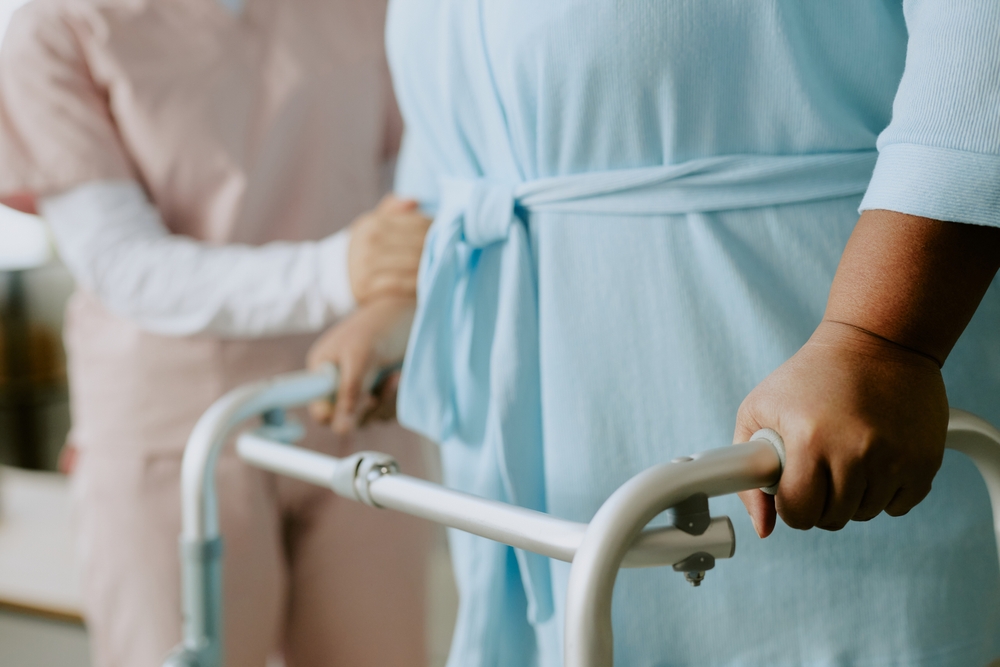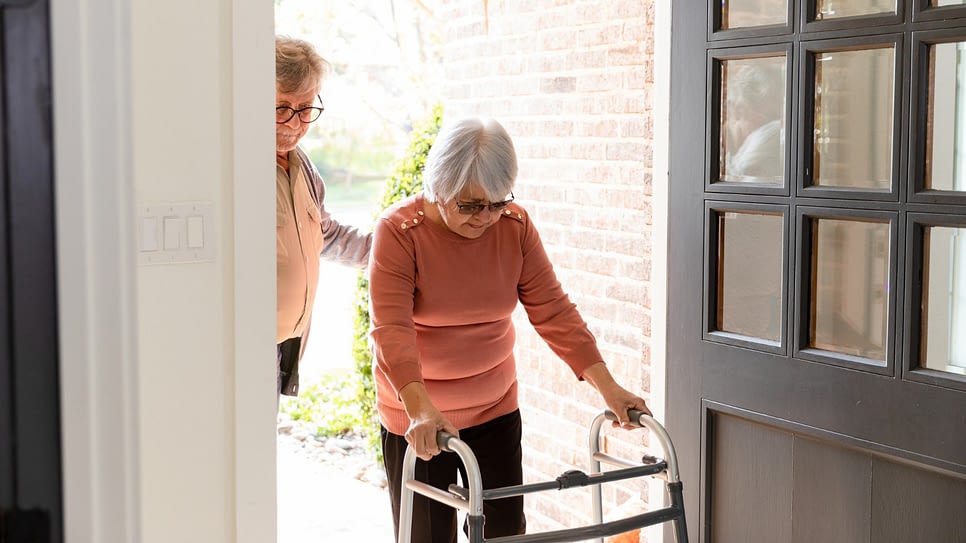Many families have elderly members who are at a higher risk of injury, including burns. Understanding and implementing strategies for preventing burns for elderly is crucial for ensuring their safety and well-being. Burns can occur from various sources, such as cooking, bathing, or using electrical appliances, and can lead to serious health complications, especially in seniors. By taking proactive steps, you can create a safer environment for your loved ones.

Understanding the Risk Factors
Elderly individuals often have thinner skin, decreased mobility, and sometimes cognitive impairments, all of which increase their vulnerability to burns. Recognizing these risk factors is the first step in preventing burns for elderly. Additionally, seniors might have slower reaction times, making it harder for them to avoid potential hazards.
Home Safety Measures
Kitchen Safety
The kitchen is one of the most common places where burns occur. It’s important to ensure that your kitchen is safe for elderly individuals. Consider installing automatic shut-off devices on stoves and ovens to prevent accidents. Additionally, using appliances with clear and simple controls can help seniors operate them safely. Check out safety tips for more insights on home safety.
Bathroom Safety
Hot water can be a significant burn risk. Installing thermostatic mixing valves can help maintain a safe water temperature. Additionally, using shower chairs and grab bars can provide extra support and prevent slips and falls. For more information, visit shower chairs.
Electrical Safety
Ensure that all electrical appliances are in good working order and check for frayed cords or wires. Using power strips with surge protection can help prevent electrical fires. Encourage seniors to unplug appliances when not in use to reduce the risk of burns.
Clothing and Fabric Considerations
Loose-fitting clothing can easily catch fire, especially when cooking. Encourage seniors to wear snug-fitting clothes and avoid garments made from highly flammable materials. Additionally, using flame-retardant fabrics for bedding and curtains can add an extra layer of safety.
Emergency Preparedness
First Aid for Burns
It’s essential to know basic first aid for burns. Immediate cooling of the burn site with running water is crucial. Avoid using ice or butter, as these can cause further damage. Keeping a well-stocked first aid kit readily accessible is also important.
Fire Safety Drills
Conducting regular fire safety drills can ensure that seniors know how to respond in case of an emergency. Practicing evacuation routes and identifying safe meeting points can save lives. Learn more about fall prevention to enhance overall safety.
Community Resources and Support
Many communities offer resources and support for senior safety. Local fire departments may provide free smoke detector installations or home safety assessments. Additionally, organizations like the Red Cross offer educational materials and training on burn prevention and first aid.
Technology to the Rescue
Technology can play a significant role in preventing burns for elderly. Smart home devices, such as smoke detectors and smart ovens, can alert caregivers and emergency services in case of a fire. Wearable technology can also monitor the safety of seniors and alert caregivers immediately if there’s a risk.
Family Involvement
Family involvement is crucial in ensuring the safety of elderly loved ones. Regularly checking in on seniors, helping them with household tasks, and ensuring that safety measures are in place can significantly reduce the risk of burns. Family members can also assist in educating seniors about potential hazards and how to avoid them.
The Role of Caregivers
Caregivers play a vital role in preventing burns for elderly. Providing supervision, assistance with daily activities, and ensuring that safety protocols are followed can prevent accidents. Caregivers should be trained in first aid and emergency response to handle burn incidents effectively.
Legal Considerations
In cases where seniors are living in assisted facilities, it’s important to ensure that these institutions comply with safety regulations. Understanding the legal standards for elder care facilities can help families make informed decisions about their loved ones’ safety.
Conclusion
By taking proactive measures and utilizing available resources, we can significantly reduce the risk of burns among the elderly. Creating a safe environment, educating seniors, and involving family and caregivers are essential steps in preventing burns for elderly. For more tips on creating a safe environment, visit WesleyLife.

FAQ Section
How can I make my kitchen safer for seniors?
Install automatic shut-off devices, use simple appliances, and keep flammable materials away from heat sources.
What should I do in case of a burn?
Immediately cool the burn with running water, avoid using ice, and seek medical attention if necessary.
Are there community resources available for senior safety?
Yes, many communities offer resources like smoke detector installations and safety assessments through local fire departments and organizations.
This article contains affiliate links. We may earn a commission at no extra cost to you.






